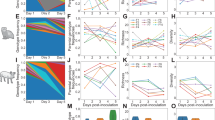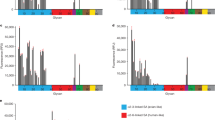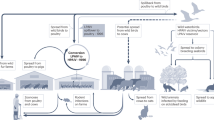Abstract
Avian influenza virus (AI) strains such as H5N1 and H9N2 are endemic among birds and poultry globally and mainly within Eurasia. Human cases have been reported yet the transmission among humans has been inefficient. While swine and pigs have functioned as the primary intermediate host and genetic re-assorter of AI virus, other intermediate and competent hosts may be emerging. This could be potentially disastrous for humans should this lead to the generation of a pandemic strain. This letter to the editor highlights recent findings of AI spread among ferrets and raccoons and the real prospect of genetic re-assortment and evolution among these intermediate non-avian species that could lead to a pandemic strain. These hosts revealed efficient transmission to direct contacts. The implications to humans are staggering. The recent and reported non-avian host findings indicate that there is a steady progression via genetic evolution and adaptation in intermediate hosts, and the potential, for AI virus to eventually acquire the ability to transmit more efficiently to humans and then readily among humans. Further research on the ferret and raccoon models of infection and efficient transmissibility is needed, with a focus on the molecular basis of interspecies transmission and aerosolized spread.
Similar content being viewed by others
Article PDF
Author information
Authors and Affiliations
Corresponding author
Rights and permissions
About this article
Cite this article
Alexander, P. Competent intermediate hosts and genetic re-assortment: what does the ferret and raccoon model tell us about influenza pandemic risk?. Nat Prec (2008). https://doi.org/10.1038/npre.2008.2506.1
Received:
Accepted:
Published:
DOI: https://doi.org/10.1038/npre.2008.2506.1



